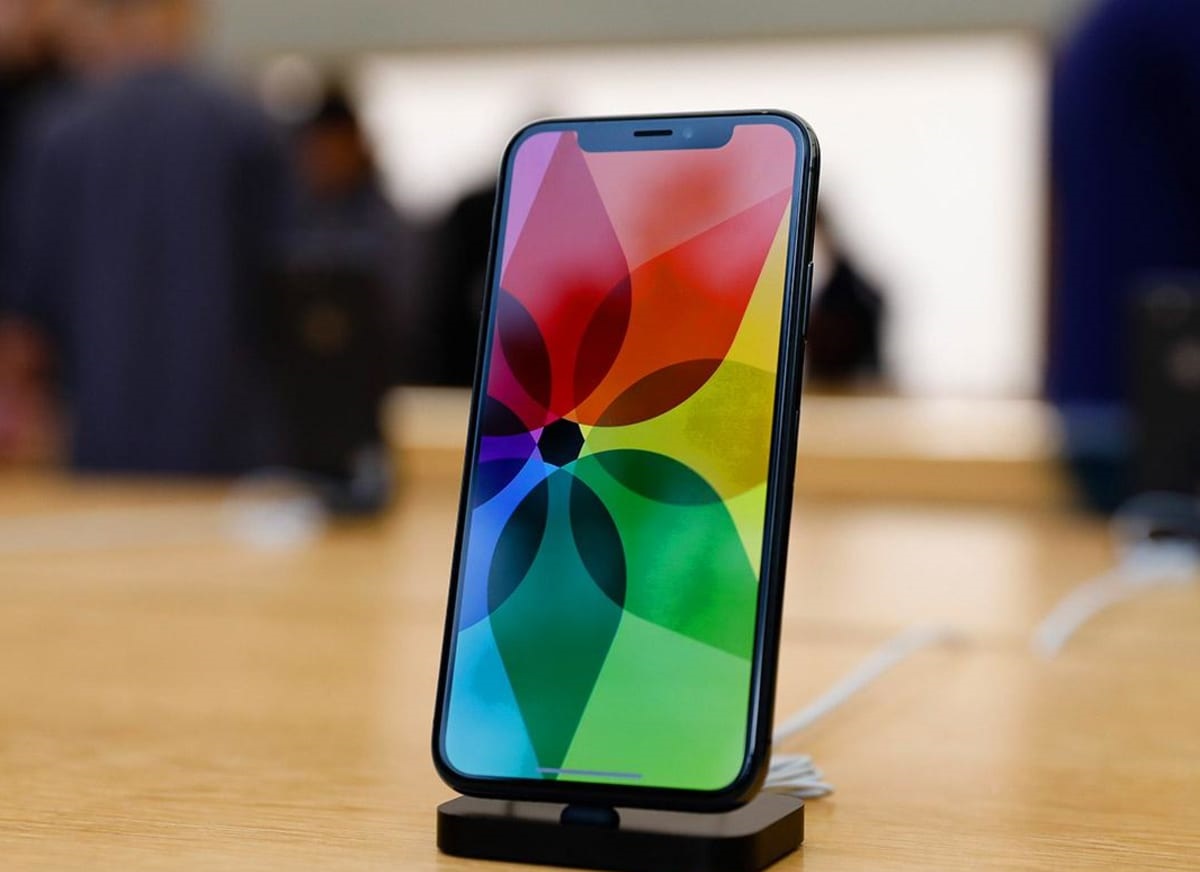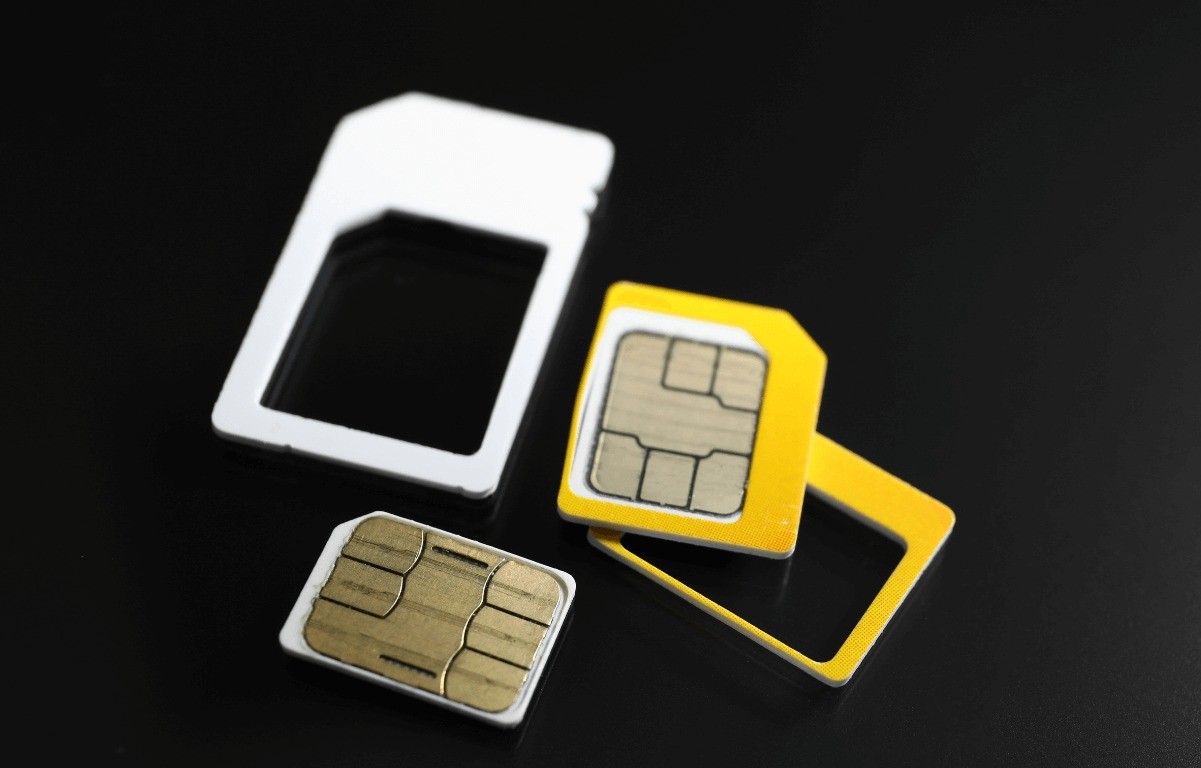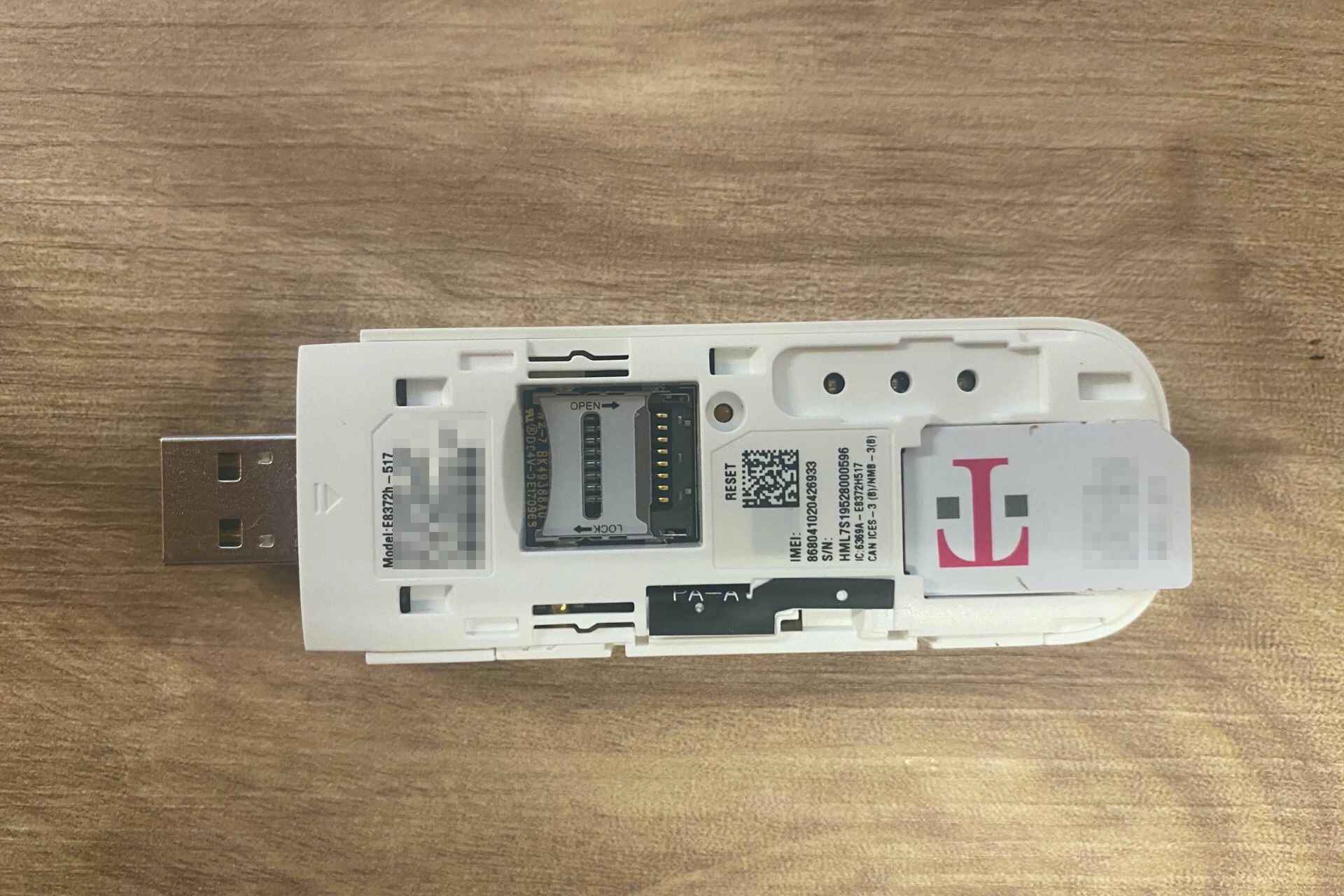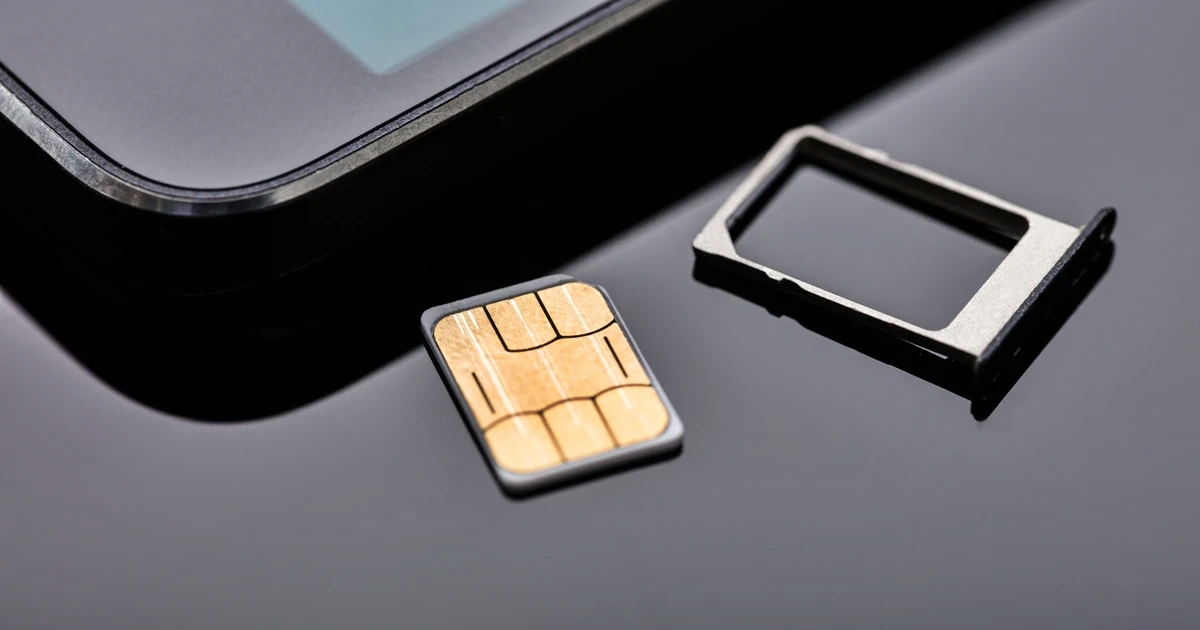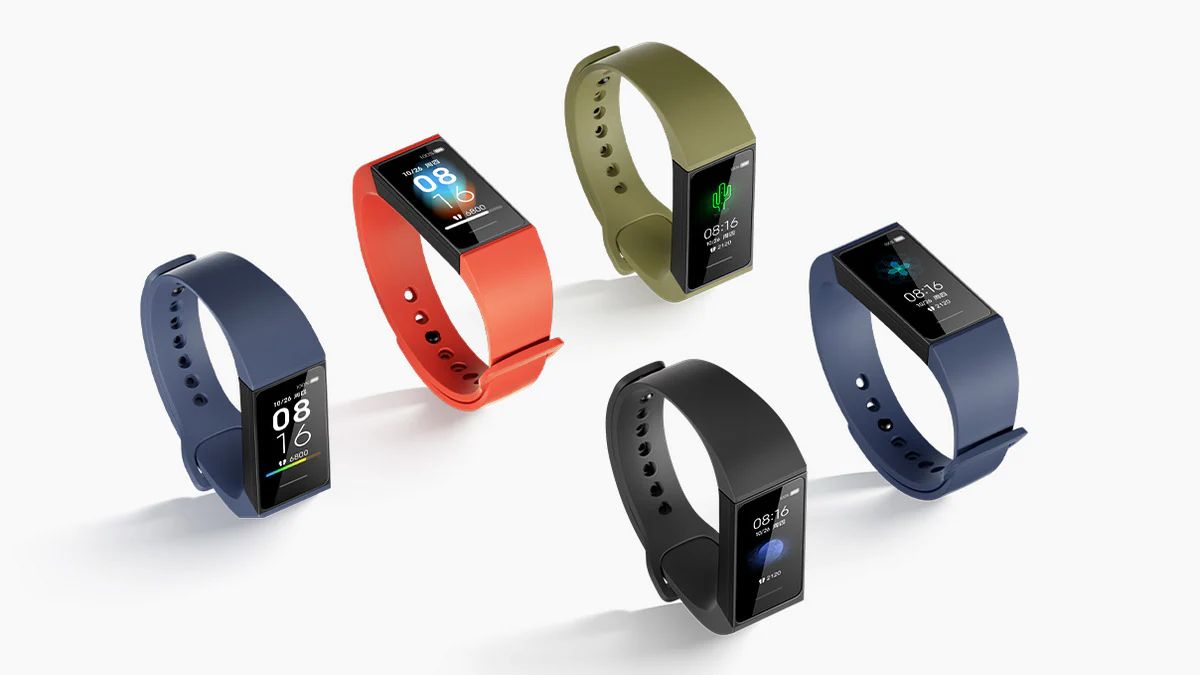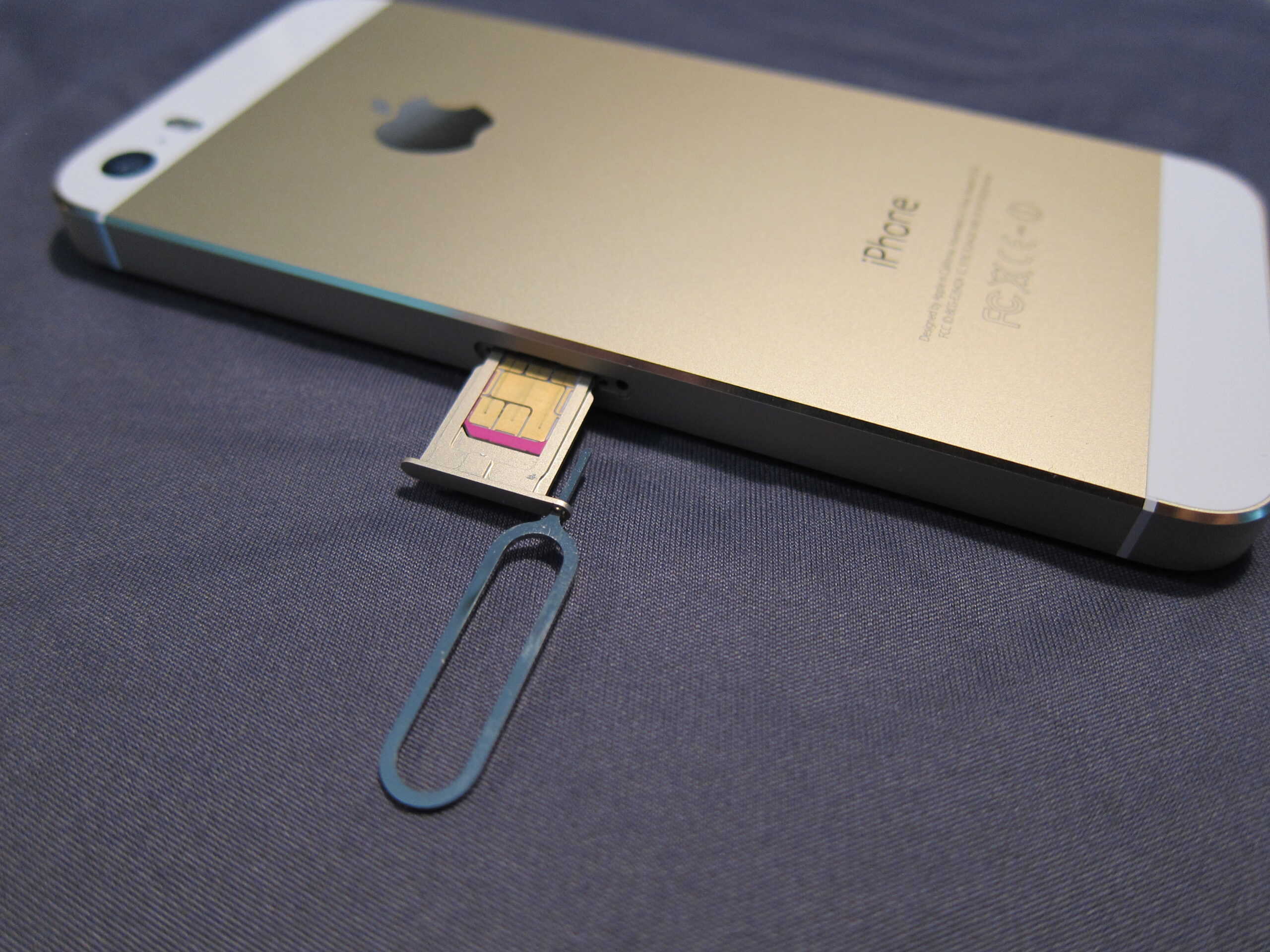Introduction
In today's digitally-driven world, mobile devices have become an indispensable part of our daily lives. Whether it's a smartphone, tablet, or wearable device, these gadgets rely on a tiny yet crucial component known as the Subscriber Identity Module (SIM) card. The SIM card serves as the gateway to our cellular networks, enabling us to make calls, send messages, and access mobile data. However, not all SIM cards are created equal, and understanding their different types is essential for ensuring compatibility and optimal functionality.
As technology continues to evolve, so do the SIM card standards. From the traditional Mini-SIM to the newer eSIM (embedded SIM) technology, users are presented with a variety of options, each with its own set of features and benefits. Moreover, the emergence of 5G networks has brought about further advancements in SIM card technology, paving the way for enhanced connectivity and performance.
In this comprehensive guide, we will delve into the intricacies of SIM card types, providing valuable insights to help you navigate the diverse landscape of mobile connectivity. By the end of this article, you will have a clear understanding of the different SIM card variants and be equipped with the knowledge to identify the type of SIM card that best suits your device. So, let's embark on this enlightening journey to unravel the mysteries of SIM cards and empower ourselves with the wisdom to make informed decisions regarding our mobile connectivity needs.
Understanding SIM Card Types
SIM cards have undergone significant transformations since their inception, evolving from the conventional Mini-SIM to the modern eSIM technology. Each type of SIM card is characterized by distinct features and functionalities, catering to the diverse needs of mobile device users. Understanding the various SIM card types is crucial for selecting the right one to ensure seamless connectivity and optimal performance.
-
Mini-SIM (2FF): The Mini-SIM, also known as the "full-size" SIM, was the standard SIM card size for many years. Measuring approximately 25mm x 15mm, this SIM card type was prevalent in early mobile phones and required a larger slot for insertion. While Mini-SIM cards are becoming less common in newer devices, they are still in use in certain regions and older gadgets.
-
Micro-SIM (3FF): With the demand for smaller and slimmer devices, the Micro-SIM was introduced to address space constraints while retaining the functionality of its predecessor. Measuring around 15mm x 12mm, the Micro-SIM gained popularity in smartphones and tablets, offering a more compact form factor without compromising on performance.
-
Nano-SIM (4FF): The Nano-SIM represents a further reduction in size, measuring approximately 12.3mm x 8.8mm. This diminutive SIM card type is widely used in modern smartphones and other mobile devices, allowing manufacturers to design sleeker and more lightweight products. The Nano-SIM's compatibility with various devices makes it a versatile choice for consumers worldwide.
-
Embedded SIM (eSIM): As mobile technology continues to advance, the eSIM has emerged as a groundbreaking innovation in SIM card technology. Unlike traditional SIM cards, the eSIM is embedded directly into the device's hardware, eliminating the need for a physical card. This digital SIM solution offers unparalleled flexibility, enabling users to switch between mobile carriers and activate plans without needing to swap physical SIM cards.
-
5G SIM Cards: With the advent of 5G networks, SIM cards have evolved to support the enhanced capabilities of this next-generation technology. 5G SIM cards are designed to harness the full potential of 5G connectivity, delivering faster data speeds, lower latency, and improved network reliability. These SIM cards play a pivotal role in enabling users to experience the transformative power of 5G technology on compatible devices.
In summary, the diverse landscape of SIM card types reflects the dynamic evolution of mobile connectivity. By familiarizing ourselves with these variations, we can make informed decisions when selecting a SIM card that aligns with our device's requirements and the advancements in mobile technology.
Identifying Your SIM Card Type
Identifying the type of SIM card in your device is essential for ensuring compatibility and making informed decisions when it comes to mobile connectivity. Here are the steps to identify your SIM card type:
1. Physical Inspection:
- Mini-SIM (2FF): If your SIM card is relatively large, measuring around 25mm x 15mm, it is likely a Mini-SIM. This size was prevalent in older mobile phones.
- Micro-SIM (3FF): A SIM card with a smaller form factor, approximately 15mm x 12mm, indicates a Micro-SIM, commonly used in older smartphones and some tablets.
- Nano-SIM (4FF): The smallest SIM card, measuring about 12.3mm x 8.8mm, signifies a Nano-SIM, which is standard in most modern smartphones and mobile devices.
- Embedded SIM (eSIM): Devices with no physical SIM card slot but support cellular connectivity may be equipped with an eSIM. However, it's not visually identifiable as it's embedded within the device's hardware.
2. Device Specifications:
- Check your device's specifications in the user manual or on the manufacturer's website. Look for information regarding the supported SIM card type or the presence of an eSIM.
3. Contacting Your Carrier:
- If you're unsure about your SIM card type, contacting your mobile carrier's customer support can provide clarification. They can guide you on identifying the SIM card type compatible with your device.
4. Using a SIM Card Adapter:
- If you have a SIM card adapter kit, you can try inserting your SIM card into the different-sized adapters to determine its type based on the fit within the adapters.
Once you have identified your SIM card type, you can make informed decisions regarding SIM card replacements, upgrades, or when switching to a new device. Understanding the type of SIM card in your possession empowers you to navigate the ever-evolving landscape of mobile connectivity with confidence and ease.
Conclusion
In conclusion, the world of SIM cards encompasses a rich tapestry of technological advancements, catering to the diverse needs of mobile device users. From the traditional Mini-SIM to the cutting-edge eSIM and 5G SIM cards, the evolution of SIM card types mirrors the rapid progress of mobile connectivity. By understanding the nuances of each SIM card variant, users can make informed decisions to optimize their mobile experience.
As we bid adieu to the era of bulky Mini-SIM cards, the transition to the compact Micro-SIM and the ultra-sleek Nano-SIM has revolutionized the design and functionality of modern mobile devices. The reduction in SIM card size has not only facilitated the creation of slimmer and more stylish gadgets but has also paved the way for enhanced portability and user convenience.
The advent of eSIM technology has further reshaped the landscape of mobile connectivity, offering a seamless and versatile solution for managing cellular plans and network carriers. The embedded nature of eSIMs eliminates the hassle of physically swapping SIM cards, providing users with unprecedented flexibility and control over their mobile subscriptions.
Moreover, the emergence of 5G SIM cards signifies a monumental leap in harnessing the transformative power of 5G technology. As 5G networks continue to proliferate, 5G SIM cards play a pivotal role in unlocking the full potential of this next-generation connectivity, enabling users to experience lightning-fast speeds, ultra-low latency, and immersive digital experiences.
By familiarizing ourselves with the diverse array of SIM card types and understanding how to identify the specific type in our devices, we empower ourselves to make informed decisions regarding SIM card upgrades, replacements, and device transitions. Whether it's through physical inspection, consulting device specifications, or seeking assistance from mobile carriers, the process of identifying the SIM card type equips us with the knowledge to navigate the ever-evolving realm of mobile connectivity.
In essence, the journey of identifying and understanding SIM card types transcends the realm of mere technicalities; it embodies the spirit of adaptability and innovation that defines the modern mobile landscape. As we continue to embrace the boundless possibilities of mobile technology, let us embark on this journey with confidence, armed with the wisdom to select the perfect SIM card that aligns with our devices and propels us into a future of seamless connectivity and unparalleled digital experiences.









